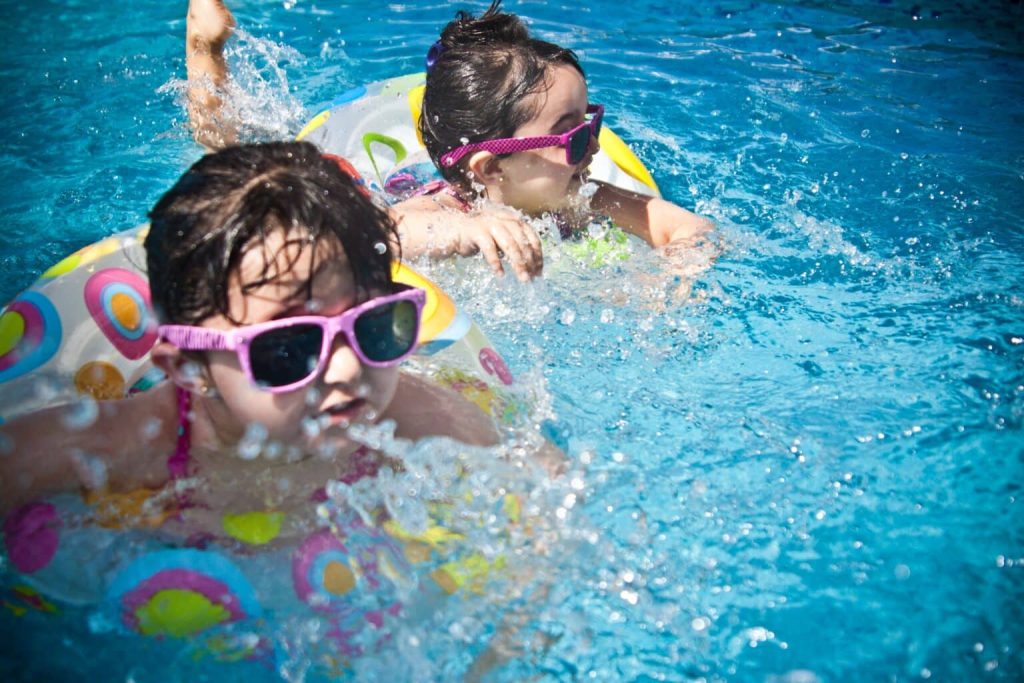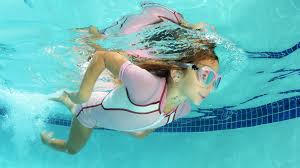When it comes to swimming, especially at the beach, pool, or lake, a common question arises: Are earplugs really good for swimming? Well, let me break it down for you, mate. This article will explain how earplugs can help prevent ear damage, keep water out of your ears, and even improve your overall swimming experience.
Why Consider Earplugs for Swimming?
Protecting Your Ears
Your ears are delicate, and it’s important to protect them while swimming. Without protection, you risk developing swimmer’s ear, or otitis externa. This occurs when water gets trapped in the ear canal, creating a moist environment where bacteria, like Pseudomonas aeruginosa, can thrive and cause infections. By using earplugs, you can reduce the likelihood of developing this painful condition and keep your ears dry.
Earplugs also help prevent irritation caused by chemicals in pool water, like chlorine. While these chemicals are necessary for sanitation, they can dry out and irritate the sensitive skin inside your ears. Earplugs act as a shield against both infection and irritation, ensuring your ears stay healthy and comfortable.

Reducing the Risk of Water Build-Up
For swimmers, especially those who prefer freestyle or breaststroke, earplugs are a great way to prevent water from getting trapped in the ear canal. Not only does this reduce discomfort, but it also helps prevent potential ear infections caused by the trapped water. Many frequent swimmers know the feeling of having clogged ears after a swim, and earplugs are a simple and effective solution to avoid this issue.
Helping with Pressure Changes
If you enjoy diving, snorkeling, or swimming at greater depths, you’re likely familiar with the pressure changes that occur underwater. Earplugs can help equalize the pressure in your ears, making the experience more comfortable. This is very helpful for swimmers who experience ear discomfort or have had previous ear issues.
Improving Focus and Relaxation
Some swimmers find it distracting to hear the constant movement of water in their ears while swimming. Wearing earplugs can help eliminate this noise, allowing for better focus during training or relaxation during a swim. This is particularly useful for competitive swimmers who need to concentrate on their strokes or simply enjoy a peaceful swim.
Types of Earplugs for Swimmers
There are several types of earplugs designed specifically for swimming.
Here are the most popular options:
Foam Earplugs
Foam earplugs are soft, flexible, and affordable. They expand to fit the shape of your ear canal, providing an effective seal to keep water out. However, they can be a bit difficult to remove and may accumulate wax, which can be uncomfortable if not used correctly.
Silicone Earplugs
Silicone earplugs are a popular choice among swimmers due to their durability and comfort. These earplugs come in various shapes, including pre-molded types or the push-in style. They are reusable, easy to clean, and provide a reliable fit for long-term use. Silicone earplugs are ideal for those who swim regularly and need a reliable, long-lasting solution.
Wax Earplugs
Wax earplugs, made from beeswax or similar materials, conform to the shape of your ear and offer a high level of water protection. While they are effective, they can be slightly more expensive and may not be as comfortable for everyone.
Flanged Earplugs
Flanged earplugs are designed with multiple flanges that create a tight seal, preventing water from entering the ear canal. These earplugs are excellent for swimmers who need a secure fit and a high level of water protection. They are easy to insert and remove and are generally more comfortable for extended wear.

Custom-Made Earplugs
For those who want the perfect fit, custom-made earplugs are an option. These earplugs are molded to fit your specific ear canal, ensuring maximum comfort and water protection. While they are more expensive than other types, their precise fit makes them a popular choice for frequent swimmers or divers.
How to Use Earplugs Effectively
To get the best results from your earplugs, follow these tips:
1. Keep Your Ears Clean and Dry
Before inserting your earplugs, make sure your ears are clean and dry. If there’s too much wax in your ears, it may make insertion difficult and uncomfortable.
2. Insert the Earplugs Correctly
For foam and silicone earplugs, gently compress them before inserting. Avoid forcing them in, as this could irritate or injure your ear canal.
3. Check the Fit
After inserting the earplugs, make sure they fit securely but not too tightly. You should feel a mild pressure, but not pain. If the earplugs are uncomfortable or causing pain, try a different size.
4. Remove Carefully
When you’re done swimming, don’t yank the earplugs out. Turn your head slightly to the side and gently use your finger to remove the earplugs.
5. Maintenance and Cleaning
If you’re using reusable earplugs, clean them after each use. Silicone earplugs can be washed with mild soap and water, while foam earplugs should be disposed of after each use.
So, are earplugs good for swimming? Absolutely! They are an excellent tool for protecting your ears from infections, reducing discomfort from trapped water, and enhancing your overall swimming experience. With various types to choose from, you can easily find earplugs that suit your needs and preferences.
Whether you’re a beginner swimmer or a seasoned pro, earplugs can make a big difference in your swimming routine. The next time you head to the pool or the beach, consider using earplugs and see the benefits for yourself.
